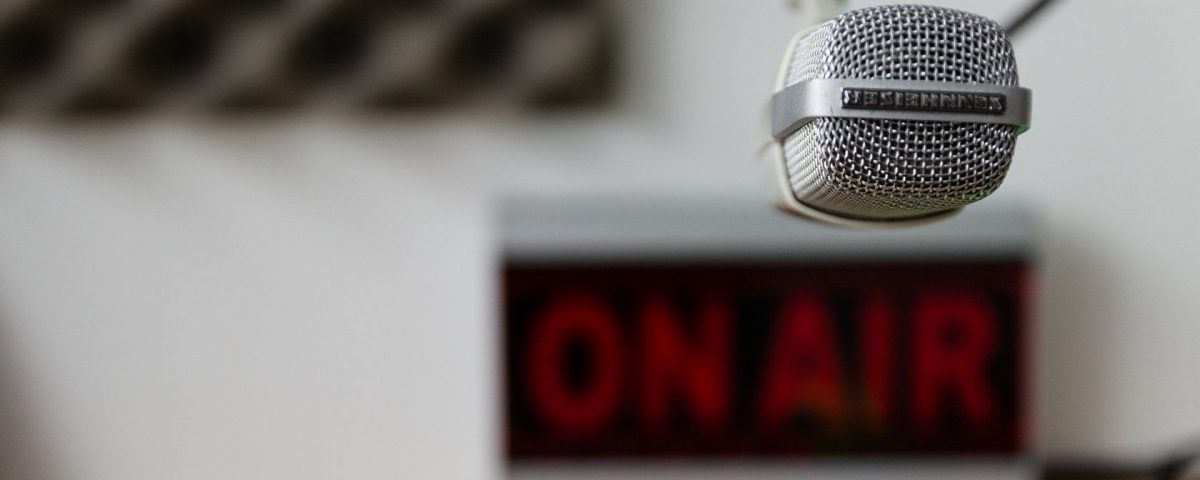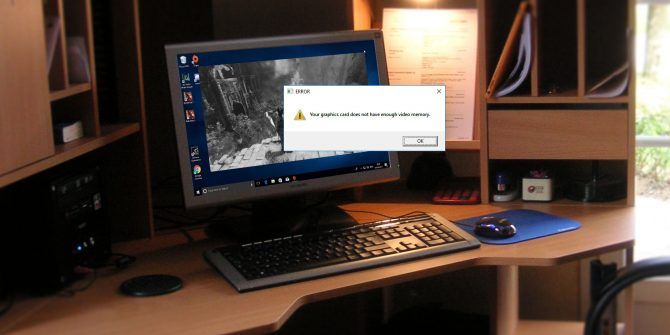
How to Capture the Mouse Cursor in a Windows 10 Screenshot
25 marzo, 2021Microsoft Gives Windows 10 a Makeover With New File Explorer Icons
25 marzo, 2021How to Fix the Microphone Audio Feedback Loop In Windows 10

Cómo solucionar el bucle de retroalimentación de audio de micrófono en Windows 10
Stuck in a microphone audio feedback loop? Here’s how you escape.
So you’ve just plugged in your new microphone, and immediately a loud whining sound comes screeching out of your speakers. Congratulations, you’re stuck in a feedback loop.
Not only is the noise incredibly loud and annoying, but at high enough volumes, they could potentially damage your equipment. Read on to discover how best to solve this incredibly annoying audio issue.
How to Fix the Microphone Audio Feedback Loop
The first thing you should do is mute the audio output. A microphone audio feedback loop is caused when your microphone’s output is played over speakers and then feeds back (hence the title) into your microphone again.
Muting your output stops the immediate issue and prevents your speakers from blowing out while fixing the underlying cause of the problem.
1. Stop Live Playback
The root cause of a microphone audio feedback loop is typically live playback. Live playback refers to a feature in some recording software that plays the audio coming into the microphone directly out of the speakers or headphones.
Mostly this is used by sound engineers when recording to make sure the recording is clean. Follow the steps below to turn off live playback in Windows 10.
Right-click the speaker icon in your taskbar and select Sounds. Click on the recording tab and double-click the microphone you are using. Select the Listen tab and make sure the Listen to this device box isn’t checked.
2. Use Headphones
Whether your recording using a headset or a desk mic, the easiest way to prevent a microphone audio feedback loop is to use headphones when you plus a microphone in.
Unless you have your headphone volume set dangerously high, the output shouldn’t be loud enough for the microphone to pick up. Not only should this give you time to fix the issue, but it’s useful if you actually want to be able to hear your playback live for some reason.
3. Keep Your Microphone Away From Your Speakers
If you absolutely have to use speakers while recording, make sure you keep the microphone away from the speakers. The further away your mic is from your output device, the less chance of causing a feedback loop.
Fixing the Microphone Audio Feedback Loop Quickly
If you’ve followed all of these steps, your microphone audio feedback loop problems should be over. No more loud screeching noises coming from your speakers unless you make them yourself.
Read Next
About The Author






